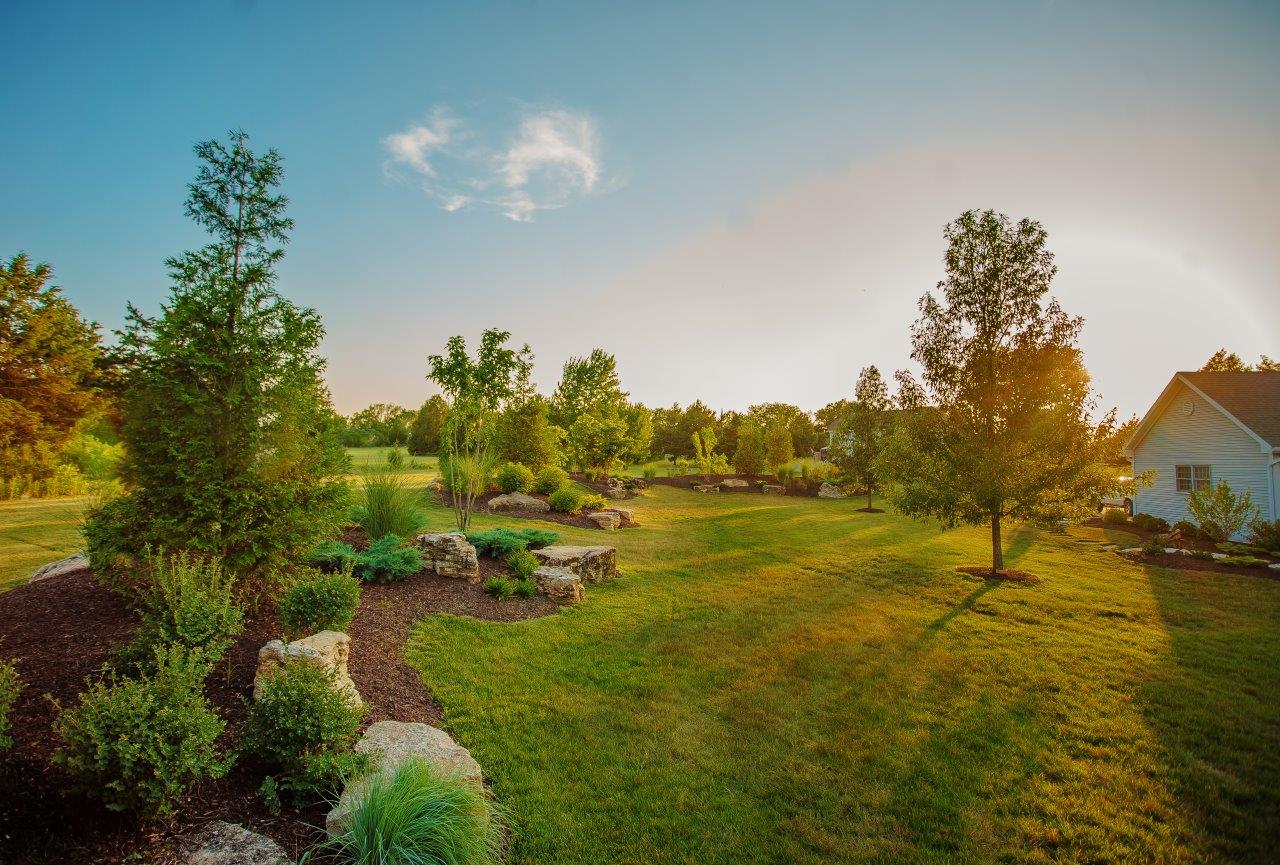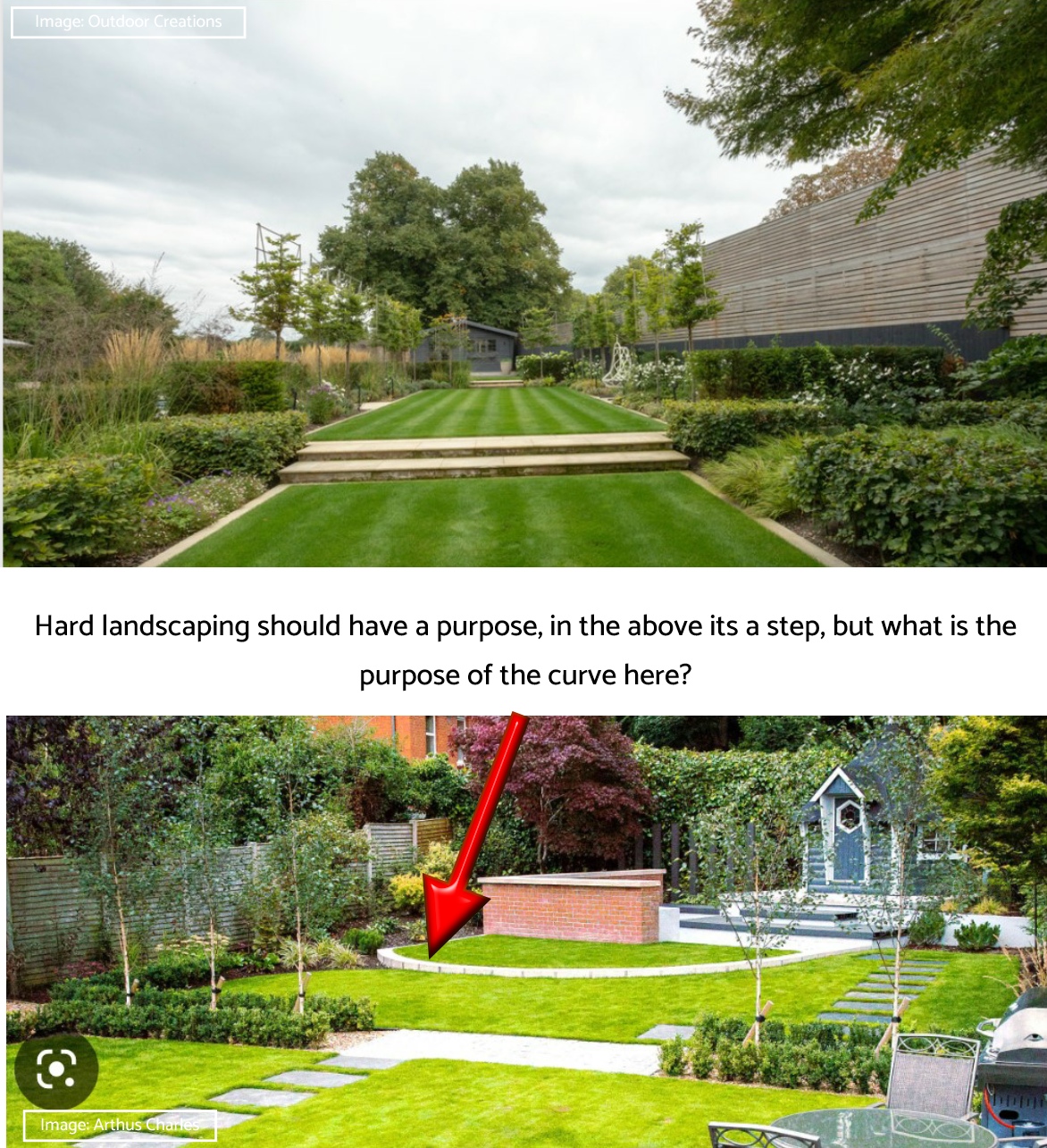The 5-Minute Rule for Hilton Head Landscapes
The 5-Minute Rule for Hilton Head Landscapes
Blog Article
All about Hilton Head Landscapes
Table of ContentsHilton Head Landscapes for BeginnersSome Known Facts About Hilton Head Landscapes.The smart Trick of Hilton Head Landscapes That Nobody is Talking About3 Simple Techniques For Hilton Head LandscapesThe 4-Minute Rule for Hilton Head LandscapesThe Buzz on Hilton Head LandscapesThe Ultimate Guide To Hilton Head Landscapes
Line develops all types and patterns and can be made use of in a variety of methods the landscape. Line in the landscape is produced by the side between 2 products, the rundown or shape of a form, or a long straight feature. Lines are a powerful device for the developer because they can be made use of to develop an infinite variety of forms and kinds, and they control movement of the eye and the body.

Lines can have one or even more characteristics, such as those described below, yet they generally serve various functions. Figure 1. Lines in the landscape - Landscapers near me. The residential or commercial properties of lines figure out exactly how individuals reply to the landscape, both psychologically and physically. Straight lines are structural and strong; they produce an official character, are typically linked with a balanced layout, and lead the eye straight to a focal point.
Hilton Head Landscapes for Beginners
Straight lines are usually located in hardscape sides and material. Bent lines develop an informal, all-natural, loosened up personality that is connected much more with nature and asymmetrical equilibrium. Curved lines move the eye at a slower speed and include enigma to the room by developing concealed sights. Vertical lines move the eye up, making a space really feel bigger.
Vertical lines in the landscape include tall, narrow plant product, such as trees, or high frameworks, such as an arbor or a bird residence on a post. Straight lines relocate the eye along the ground airplane and can make a room really feel bigger. Reduced lines are a lot more suppressed and create a feeling of remainder or repose.
The 30-Second Trick For Hilton Head Landscapes
Lines are additionally developed by the vertical types of constructed functions and plant product. There are 3 primary line types that create form in the landscape: bedlines, hardscape lines, and plant lines.
Bedlines attach plant product to your home and hardscape due to the fact that the eye follows the line, relocating the gaze with the landscape. Hardscape lines are developed by the side of the hardscape, which marks the built structure. Line can additionally be produced by long and slim materials, such as a fencing or wall.
Rumored Buzz on Hilton Head Landscapes
Kind is discovered in both hardscape and plants, and it is generally the dominant aesthetic element that spatially arranges the landscape and commonly identifies the design of the garden. The type of frameworks, plant beds, and garden ornaments additionally figures out the total type motif of the garden. Official, geometric kinds include circles, squares, and polygons.
Plants create kind in the yard via their outlines or silhouettes, yet type can likewise be specified by a gap or adverse space in between plants - hilton head landscapers (https://visual.ly/users/stevenagonzales/portfolio). Circles can be full circles, or they can be divided right into fifty percent circles or circle segments and integrated with lines to produce arcs and tangents
4 Easy Facts About Hilton Head Landscapes Shown
Circles can likewise be extended into ovals and ellipses for even more selection and interest. Circles are a strong layout form due to the fact that the eye is always attracted to the center, which can be used to highlight a prime focus or connect other types. Figure 2. Circular kinds in hardscape and grass panels.
The square type can also be segmented and previously owned repeatedly to produce a grid pattern. Unlike circles, squares are stronger on the edges, which can be lined up or overlapped to create unique patterns and more complicated types.
Twisting lines typically mimic the natural course of rivers or streams and can be referred to as smooth lines with deeply curved wavinesses. Twisting lines (Figure 3) function well for paths, plant bedlines, and completely dry stream beds. Meandering lines can add interest and enigma to a garden by leading audiences around edges to find new views and rooms.
Hilton Head Landscapes - The Facts

Common plant types are well developed and standard, as kind is the most constant and well-known quality of plants. Type can also be developed via the massing of plants, where the overall mass creates a various kind than a private plant.
A highly different form should be utilized with careone or 2 work well as a centerpiece, yet a lot of wreak havoc. All-natural plant forms, rather than over-trimmed kinds, must establish the bulk of the make-up. The importance of general type is a lot more or less depending on the watching perspectivethe type of a tree can show up quite different to a person standing under the cover versus viewing the tree from a range in an open field.
Little Known Facts About Hilton Head Landscapes.
Plant kinds also create and define the gap or open spaces between the plants, producing either convex or concave forms in the gaps. High-arching tree branches normally create a concave open room under the branches, and a round cover with reduced branches fills up the area to develop a convex form outdoors area under the tree.

Report this page